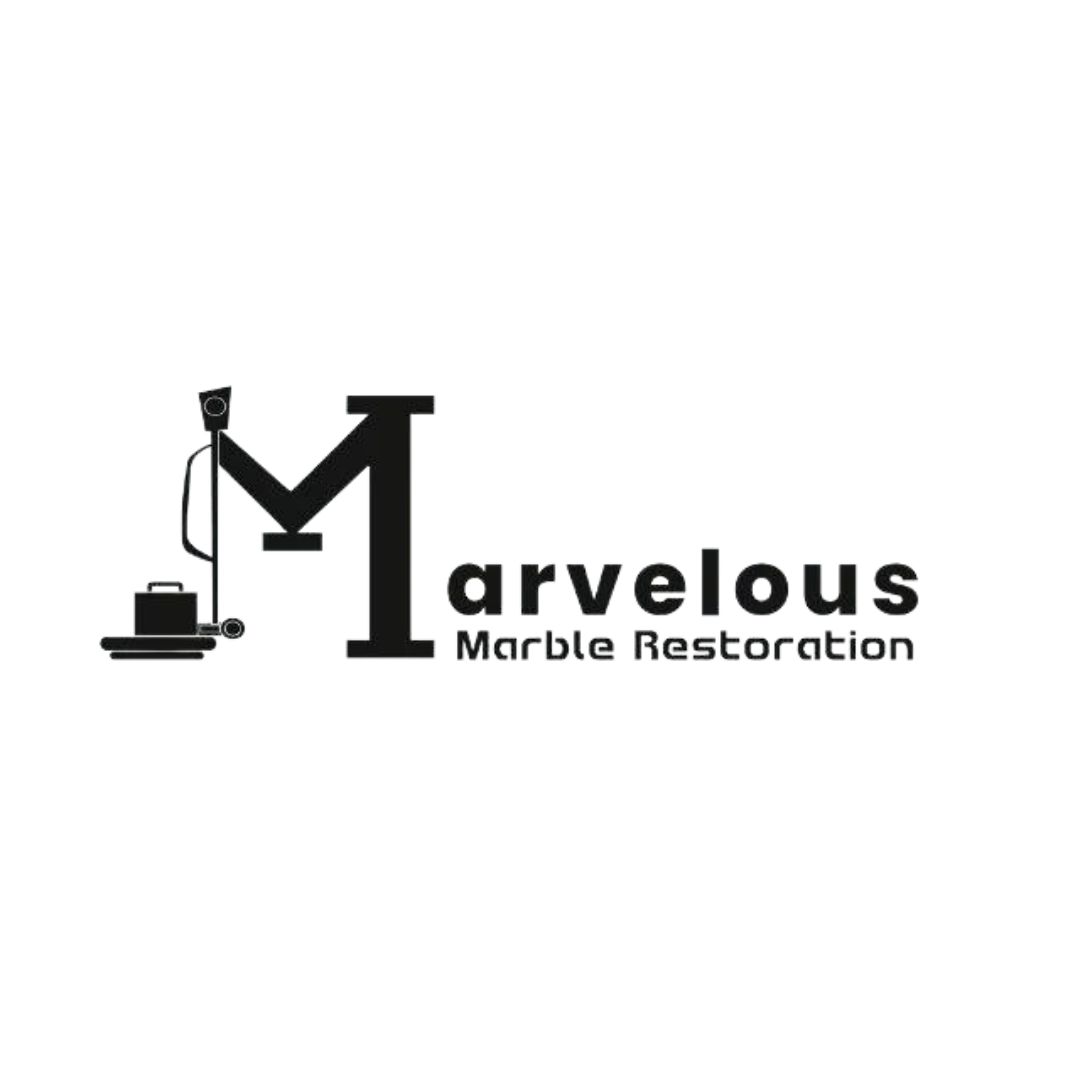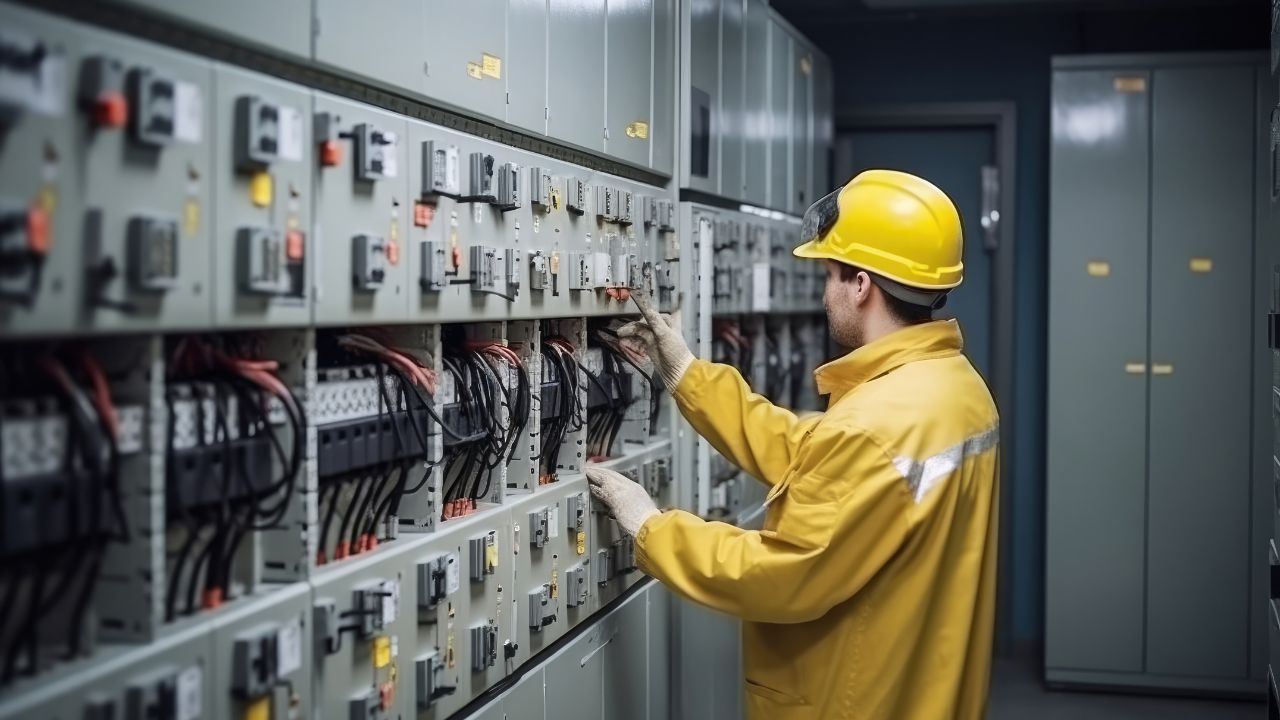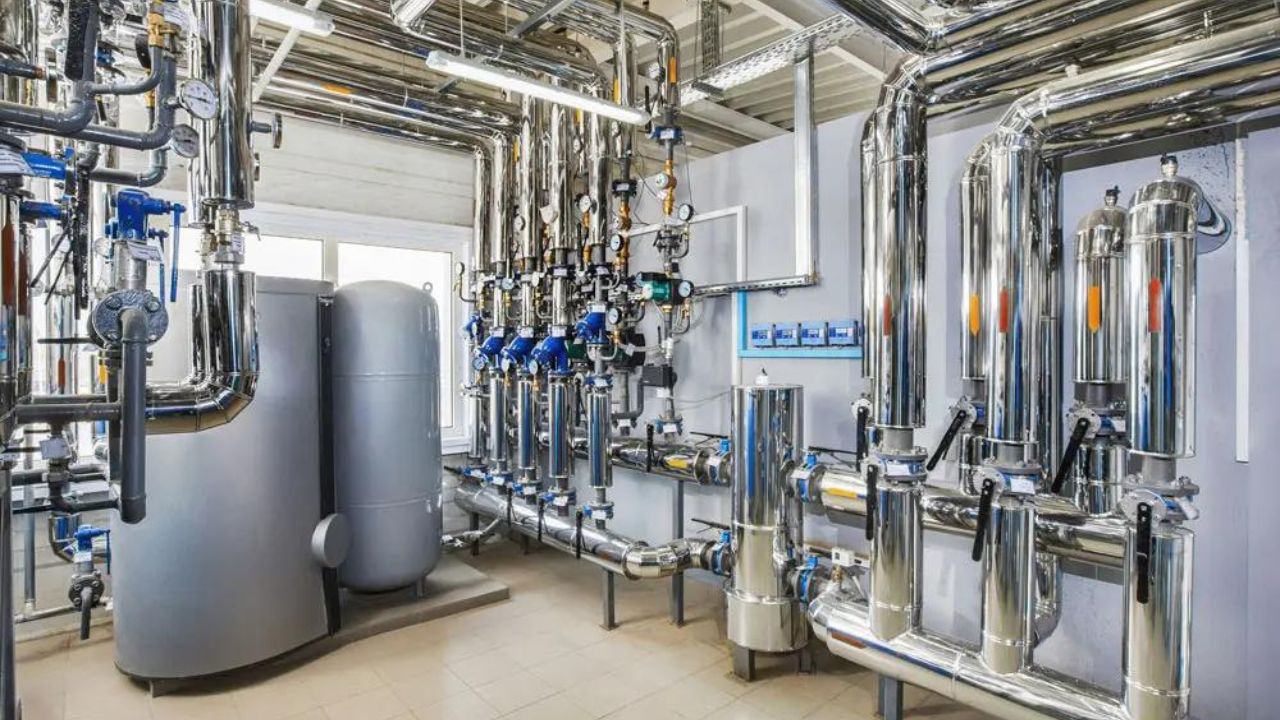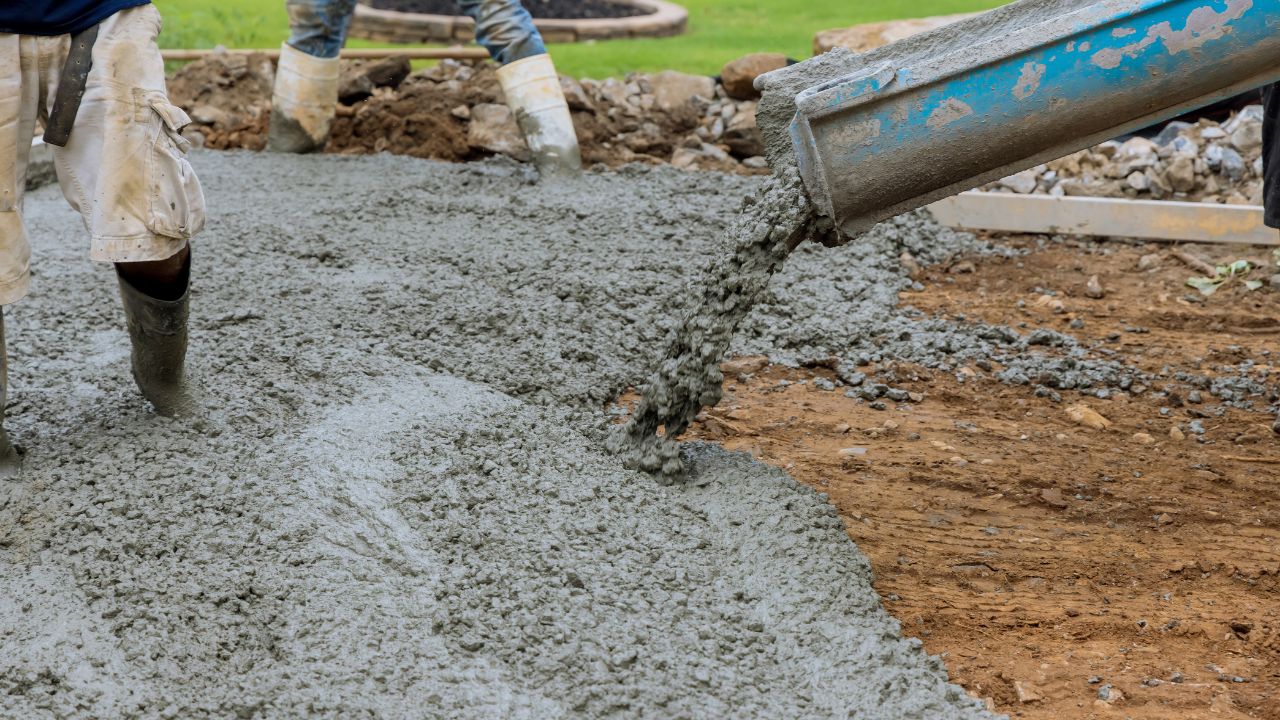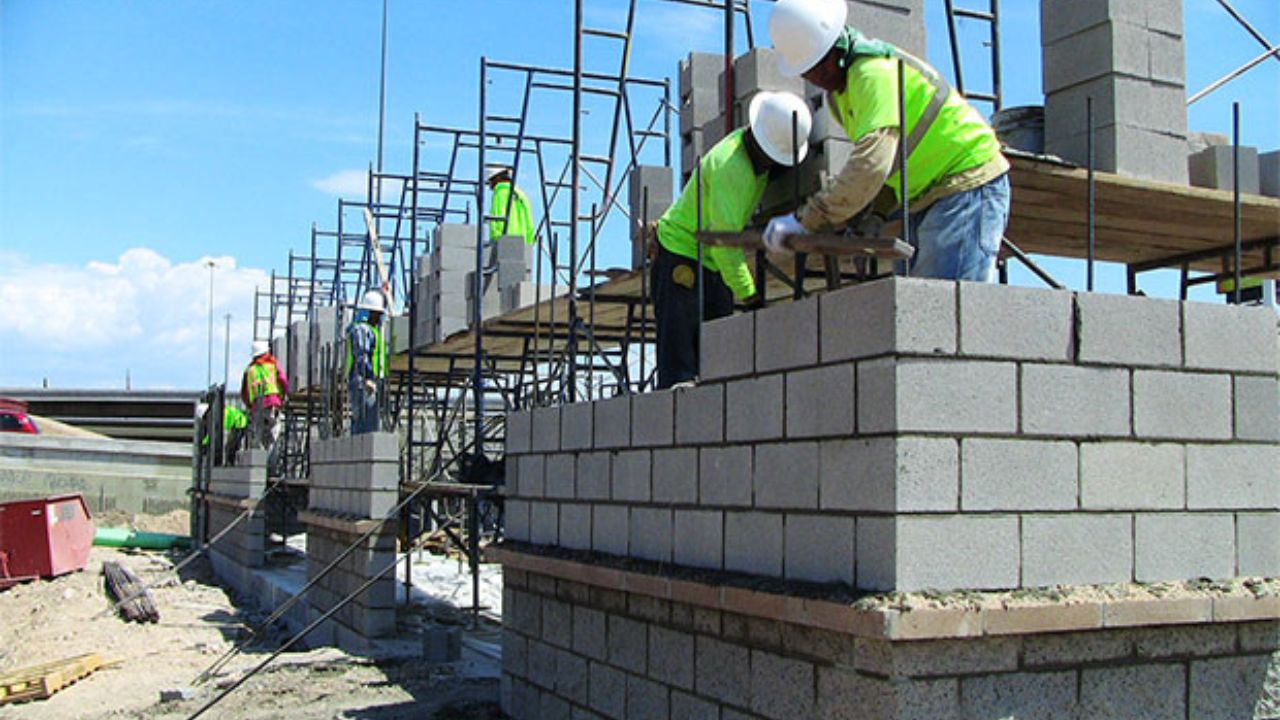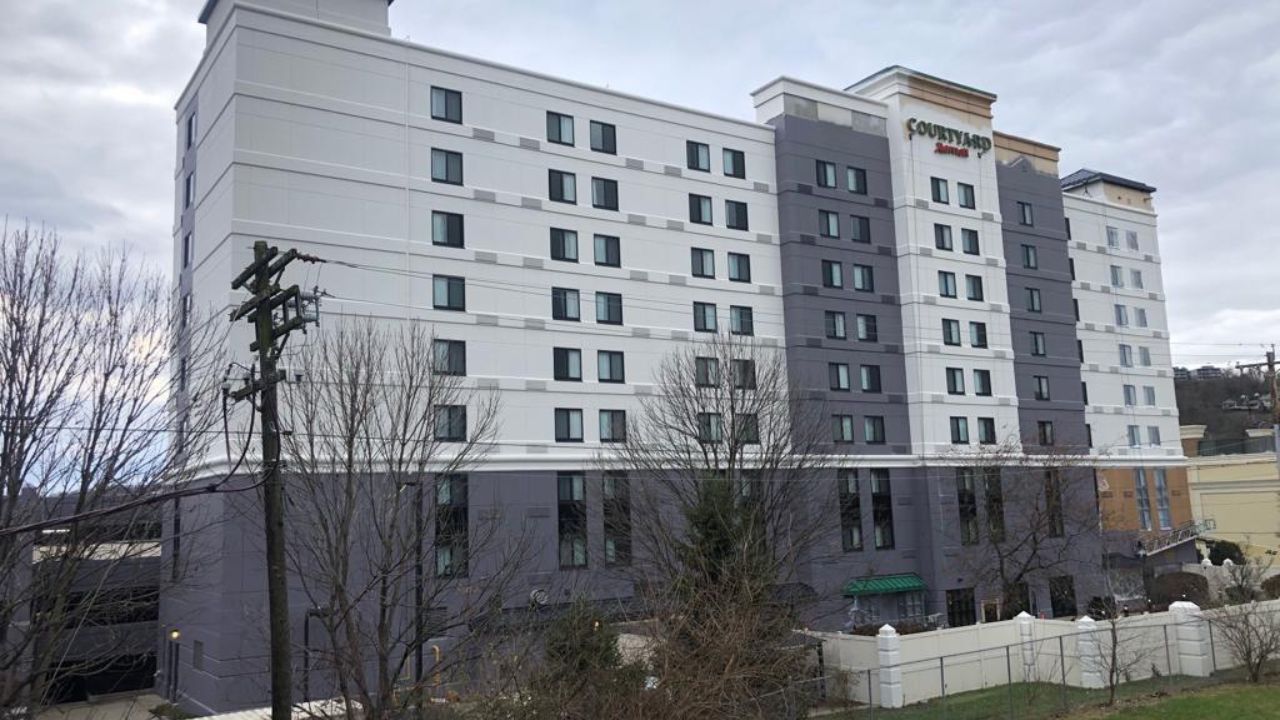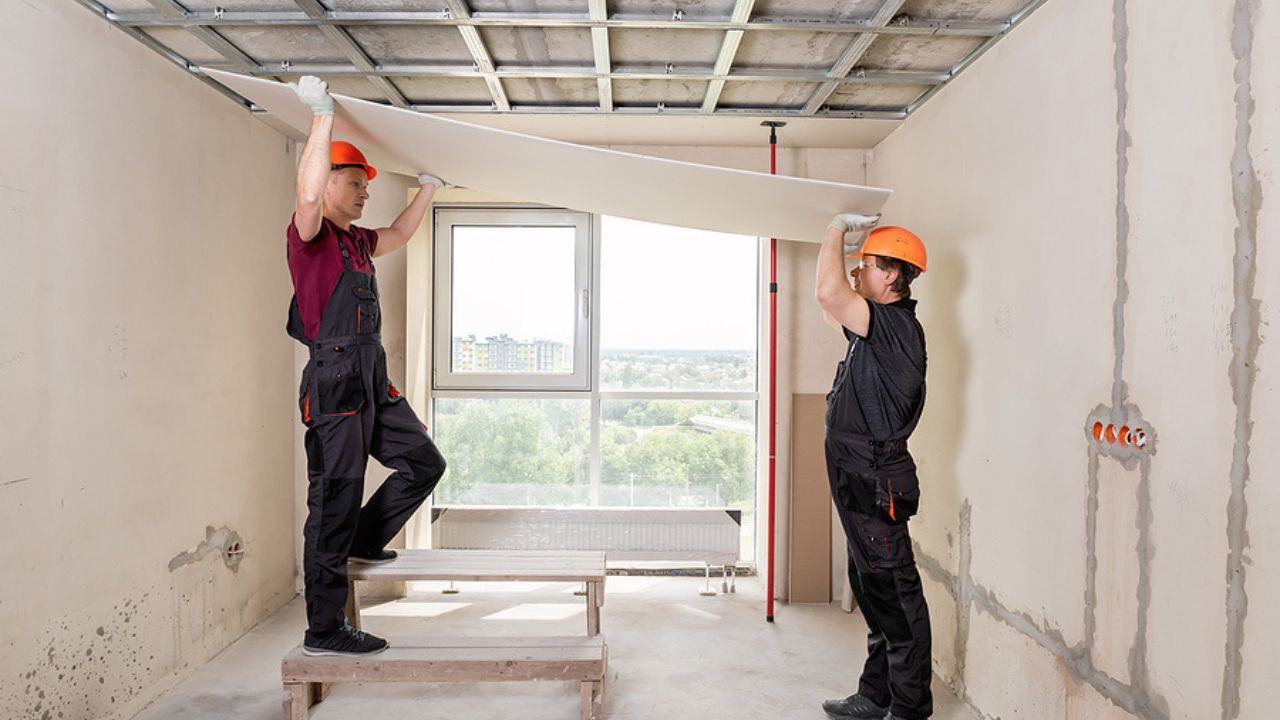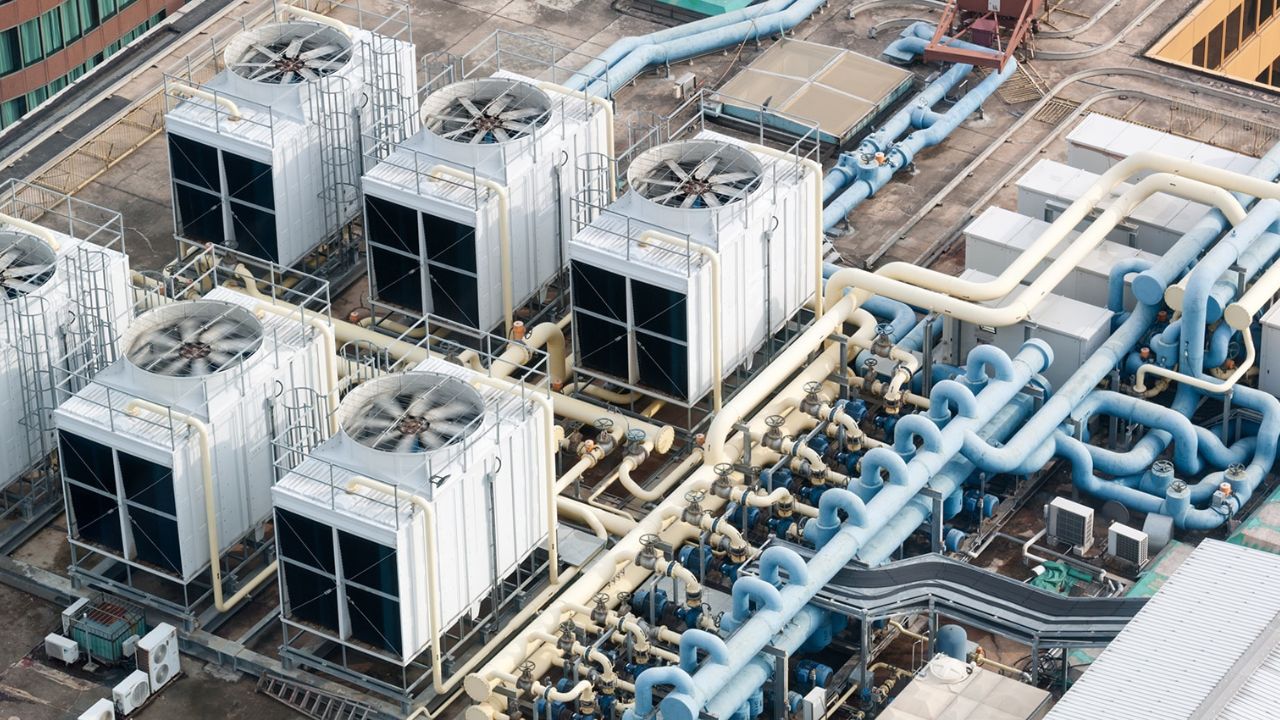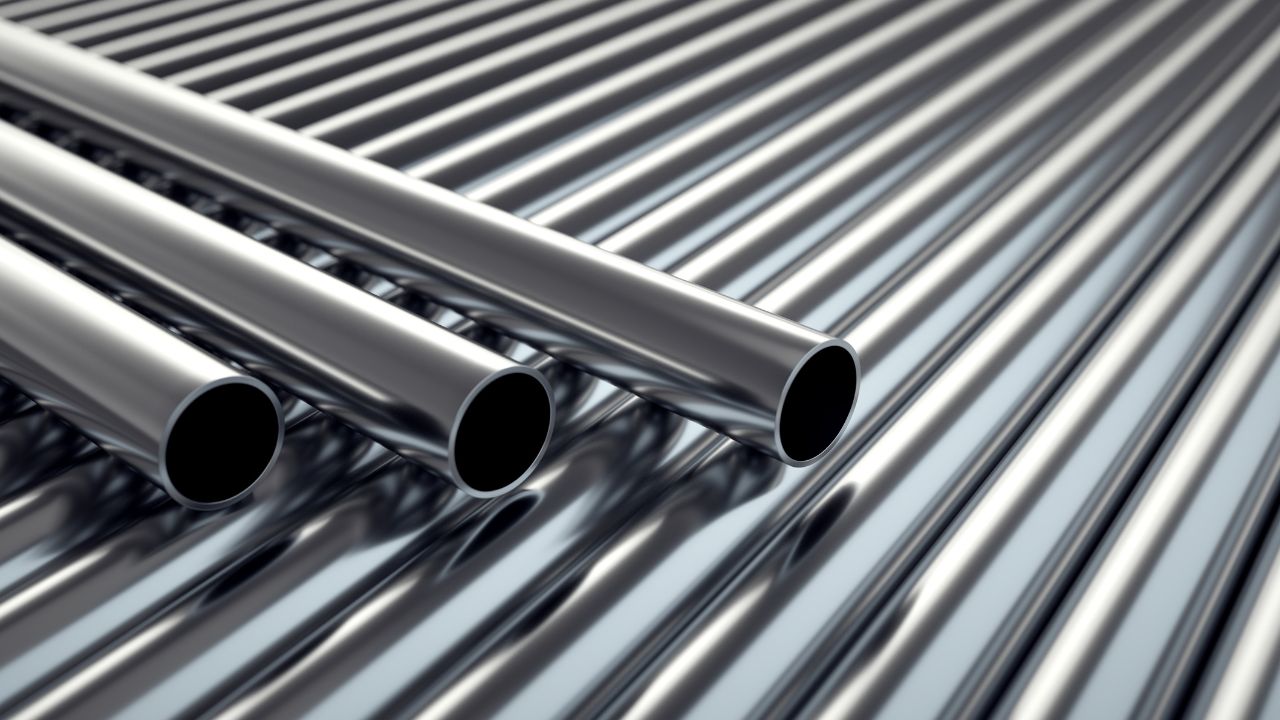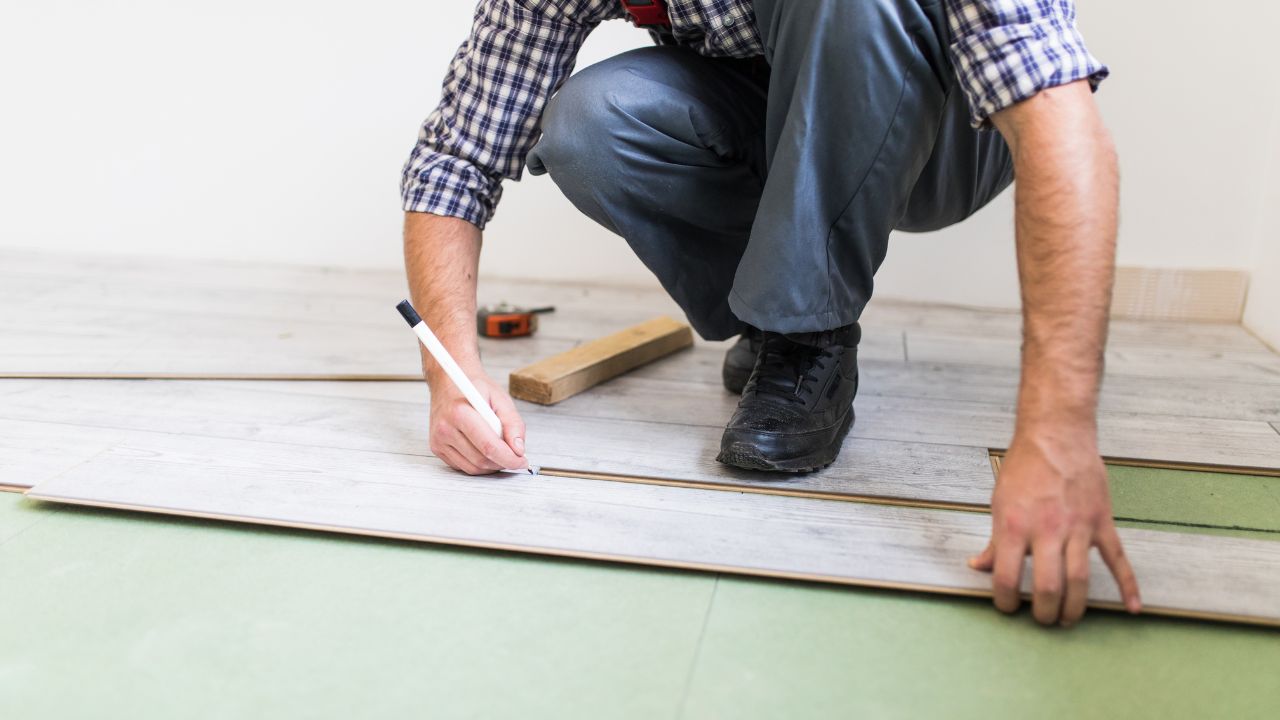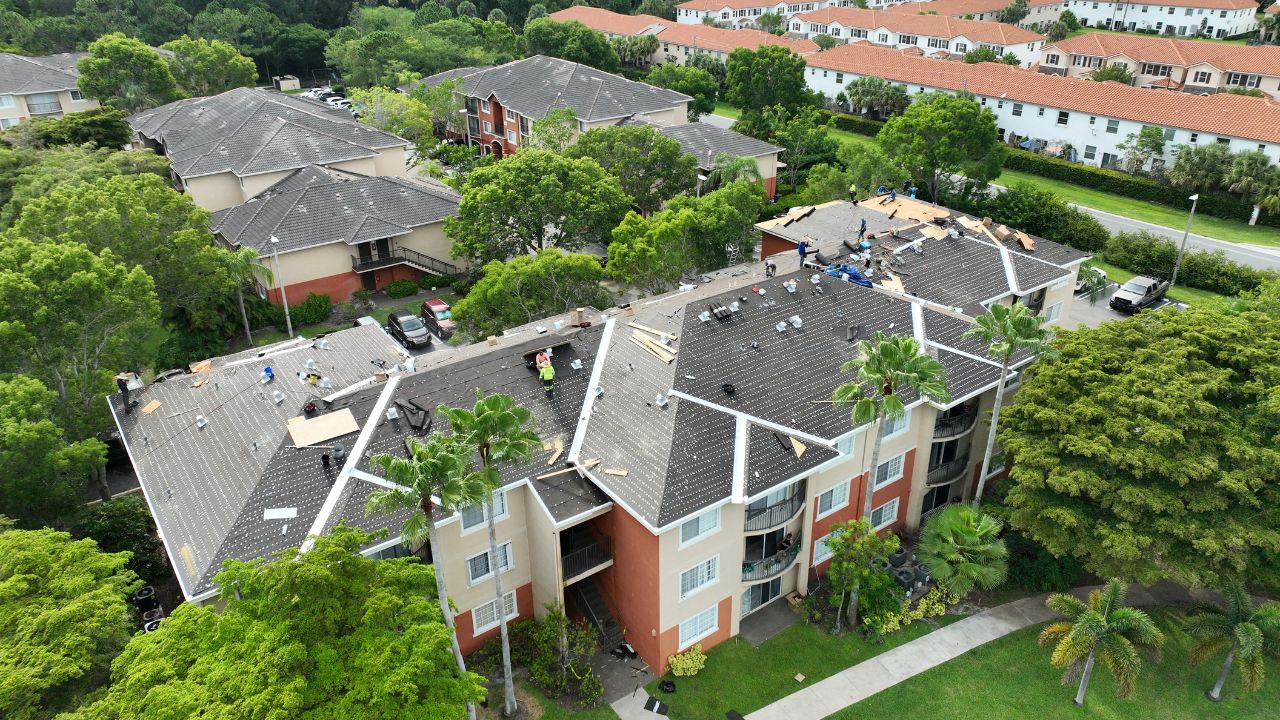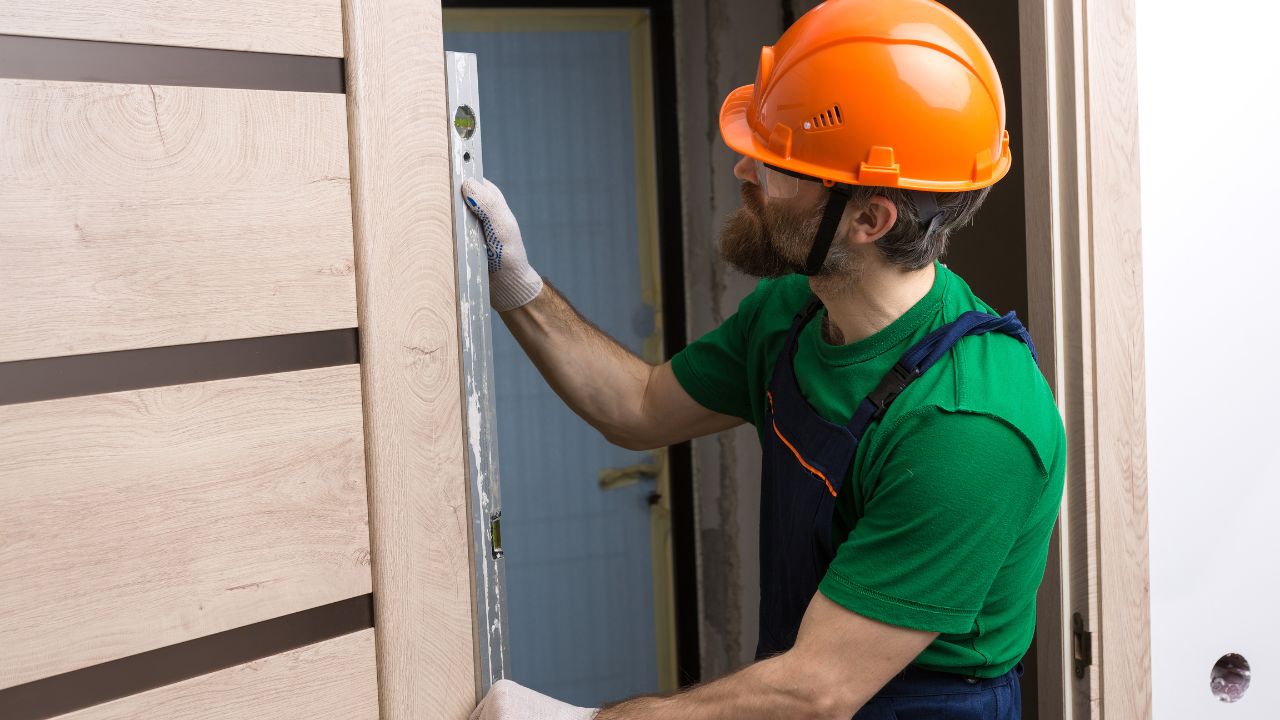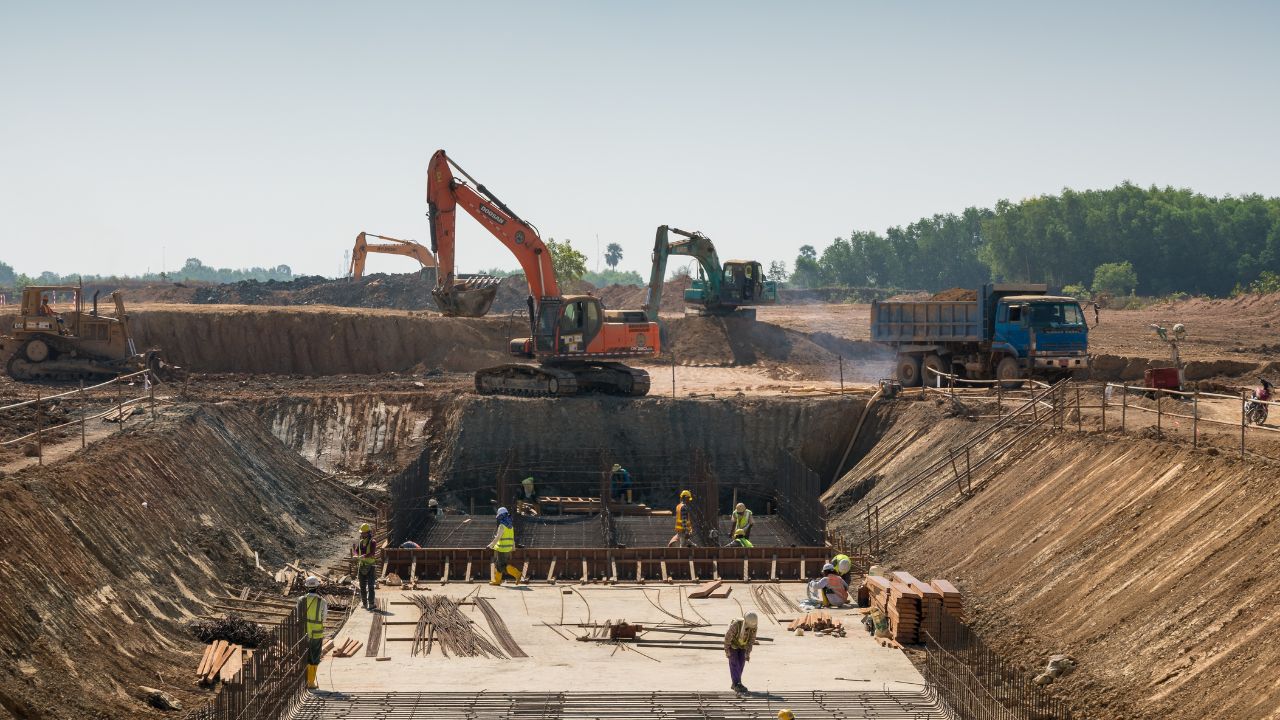- Homepage
- HVAC System
Multi-family Building HVAC System Cost Estimator
Leading provider of hvac system estimating services
Installing an HVAC (Heating, Ventilation, and Air Conditioning) system in a multi-family building is a critical investment that ensures comfort and air quality for residents. In Florida, the cost of replacing an air conditioning system typically ranges from $4,550 to $15,600, depending on the type of unit, home size, and efficiency rating. For central air conditioning, installation costs usually range from $5,850 to $8,450. These factors, along with the building’s size and installation complexity, can influence overall costs. At Estimate Florida Consulting, we provide comprehensive estimate services to help property managers and developers budget effectively for their HVAC installations.
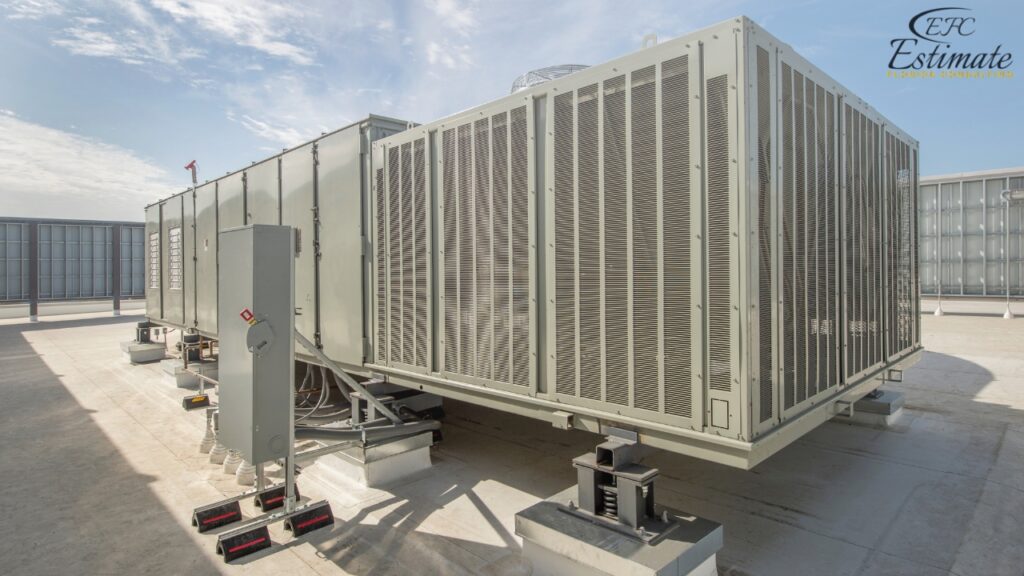
How Much Does an HVAC Replacement Cost for a Multifamily Building?
The cost of replacing an HVAC system in a multifamily building can vary significantly based on several factors. On average, you can expect the replacement cost to range from a minimum of $8,714 to a maximum of $16,008. This includes the installation of both a new central AC unit and a gas furnace combo, along with the labor required to install the new unit(s). If ductwork replacement is also necessary, you can expect to pay an additional $2,940 for a single-story 2,000 sq. ft area.
However, where you fall within this price range (or if you end up below or above it) depends on several variables. For multi-family buildings, HVAC costs vary, but you can check residential HVAC system costs for single-family home estimates.
These include the type of HVAC system needed, the size of the building, the climate in your region, and other specific requirements. Let’s take a closer look at how these costs break down:
Average Cost of a New HVAC System for Multifamily Buildings
The average cost of installing a new HVAC system in a multifamily building is approximately $12,361 for a combination air conditioning system and gas furnace. This estimate assumes the building size is between 2,000 and 2,500 square feet per unit in an area with a moderate cost of living.
This average is calculated specifically for the AC and furnace combo, as it is the most common type of HVAC system found across multifamily properties in the U.S. This system provides reliable heating and cooling, making it a popular choice for property managers and owners.
However, costs can vary significantly depending on several factors. In regions with low labor costs, or for smaller units under 1,500 square feet, an HVAC replacement could cost as little as $7,000. Conversely, for larger units exceeding 3,000 square feet in high cost-of-living areas, the installation of a new AC and furnace system could exceed $28,000.
Get 5 New Projects in the Next 7 Days With Our System
HVAC Replacement Cost Calculator for Multifamily Buildings
At the top of this page, you’ll find our HVAC cost calculator, designed to help property managers and building owners estimate replacement costs. To use this tool, start by selecting which component needs replacing: the building’s heating system, cooling system, or both. Then, answer a few questions about your property, including the type of system currently in place, the total square footage of the building or units, and whether the HVAC system serves the entire building or specific units.
For those uncertain about certain system details, we’ve included “I’m not sure” options to ensure you can still receive an accurate estimate. Finally, enter the building’s zip code so we can provide labor cost estimates tailored to your location. Our calculator will consider all these factors to give you a comprehensive estimate for your HVAC replacement costs in a multifamily building.
HVAC Replacement Cost by Unit Type for Multifamily Buildings
Replacing an HVAC system in a multifamily building involves several options, each with its unique benefits and costs. Understanding the different types of systems available and their respective costs can help property managers and building owners make informed decisions to ensure comfort and efficiency for all residents.
HVAC System Type | Average Replacement Cost |
AC Unit with Gas Furnace | $12,361 – $28,000 per unit |
Heat Pump System | $10,500 – $22,400 per unit |
Ductless Mini-Split | $8,400 – $16,800 per unit |
Packaged System | $13,300 – $25,200 per unit |
Geothermal System | $21,000 – $42,000 per unit |
AC Unit with Gas Furnace
The AC unit with a gas furnace is the most common HVAC system found in multifamily buildings due to its reliability and efficiency. This system provides robust heating and cooling capabilities, making it suitable for a wide range of climates. The replacement cost for this type of system typically ranges from $12,361 to $28,000 per unit. The cost varies based on factors such as the size of the units, the building’s layout, and local labor rates. This system is ideal for buildings that require a powerful and consistent heating and cooling solution to meet the demands of multiple residents.
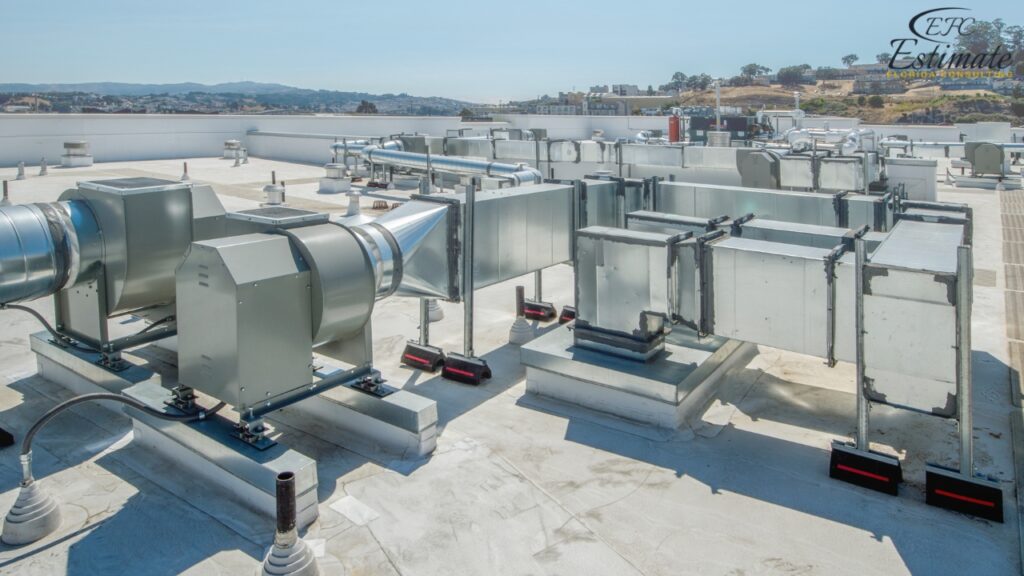
Heat Pump System
Heat pumps are known for their efficiency and versatility, as they can both heat and cool spaces by transferring heat rather than generating it. This makes them an excellent option for regions with moderate climates. Heat pump systems are particularly popular in multifamily buildings that prioritize energy efficiency and sustainability. The replacement cost for a heat pump system ranges from $10,500 to $22,400 per unit. Although they have a higher upfront cost compared to traditional systems, they often lead to significant energy savings over time.
Ductless Mini-Split System
Ductless mini-split systems offer flexibility and efficiency, making them ideal for multifamily buildings without existing ductwork. These systems allow for individual temperature control in different zones, enhancing comfort for residents. The cost of replacing ductless mini-splits varies between $8,400 and $16,800 per unit, depending on the number of zones and the complexity of the installation. These systems are perfect for retrofitting older buildings where adding ductwork would be costly and disruptive.
Packaged HVAC System
Packaged HVAC systems are suitable for multifamily buildings with limited indoor space, as they combine heating and cooling components into a single outdoor unit. This type of system is efficient and saves indoor space, making it an attractive option for compact building designs. The replacement cost for packaged systems ranges from $13,300 to $25,200 per unit. These systems are often used in buildings where space constraints or aesthetic considerations make separate indoor units impractical.
Geothermal System
Geothermal systems, though more expensive initially, provide substantial energy savings over time due to their high efficiency and use of renewable energy. These systems harness the stable temperatures underground to heat and cool buildings, making them one of the most sustainable options available. The replacement cost for geothermal systems ranges from $21,000 to $42,000 per unit. While the upfront investment is significant, the long-term benefits in energy savings and environmental impact can be considerable, making them an excellent choice for eco-conscious developments.
What Factors Affect HVAC Replacement Cost in Multifamily Buildings?
The cost of replacing an HVAC system in a multifamily building can vary widely based on several factors specific to the building and its location. Understanding these factors can help property managers and owners make informed decisions and budget effectively. Here are the main considerations that a professional HVAC contractor will assess when providing a total price quote for replacing an HVAC system:
Local Climate Conditions
The climate of the building’s location plays a significant role in determining the type and size of the HVAC system needed. In warmer climates, such as those in the southern U.S., buildings require larger and more efficient AC units to handle high summer temperatures. Conversely, buildings in colder northern regions need systems with greater heating capacity, which can increase costs. These regional climate demands influence both the upfront and operational costs of the HVAC system.
Current Ductwork Conditions
The condition of existing ductwork in the building is another critical factor. If the ductwork is outdated, damaged, or inefficient, it may need to be repaired or replaced, adding to the overall cost. High-quality ductwork ensures efficient airflow and can significantly impact the performance and efficiency of the HVAC system. Upgrading or repairing ductwork can add approximately $2,940 to $4,200 to the total cost.
Professional Contractor For Your Project?
Building Age and Construction
Older buildings may present unique challenges during HVAC replacement due to outdated construction methods or materials. Retrofitting an HVAC system in a historic or older building may require additional labor and materials, increasing the cost by 40% to 60%. Additionally, the construction quality and insulation of the building affect the size and type of system needed, as well as the energy efficiency of the entire setup.
HVAC Unit Features
The features of the HVAC unit itself, including size, brand, and energy efficiency (SEER rating), are significant cost determinants. Larger units capable of handling multifamily buildings with multiple units cost more but provide the necessary power to heat and cool effectively. High-efficiency units with better SEER ratings are more expensive upfront but offer long-term savings through reduced energy bills. Top brands may also come with higher price tags due to their reputation for reliability and performance.
Top Air Conditioner Brands and Associated Installation Costs
Choosing a reputable brand for the HVAC system can influence installation costs. Well-known brands often have a higher initial cost due to their durability, advanced technology, and extended warranties. However, investing in a quality brand can lead to fewer repairs and lower maintenance costs over the system’s lifespan, making it a worthwhile investment for multifamily buildings seeking long-term reliability and efficiency.
Do You Need Ductwork Replacement in a Multifamily Building?
Ductwork is essential for distributing conditioned air from your HVAC system throughout a multifamily building, typically through vents located in ceilings or walls. Over time, ductwork can lose efficiency due to wear and tear, or it may need modifications to accommodate a new AC system. Replacing or installing new ductwork in a multifamily building can add an additional cost ranging from $2,940 to $5,600, depending on the complexity of the installation or alterations required. This process can extend the duration of your HVAC replacement project by several days due to the added labor involved.
Building Age and Construction
The efficiency of heating and cooling in a multifamily building depends significantly on the building’s insulation and construction quality. Larger buildings or units, such as those measuring 3,000 square feet or more, require larger HVAC systems to maintain comfortable temperatures, which can increase installation costs. Additionally, older buildings with outdated windows and poor insulation may need larger units to achieve the same level of comfort as a well-insulated, modern building.
Buildings with energy-efficient windows and proper insulation in walls, floors, and roofs will require less HVAC capacity to maintain comfortable temperatures, potentially reducing energy costs. Other factors that can influence the size and efficiency of your system include the insulation quality in the foundation, roof, attics, basements, and flooring.
HVAC Unit Size for Multifamily Buildings
As mentioned above, the size of the HVAC unit needed for a multifamily building significantly impacts the overall project cost. Larger buildings, those situated in climates where heating and cooling systems are used daily, and buildings with older insulation and windows will require budgeting for a larger unit size to maintain efficiency and comfort.
Below is a chart showing the average replacement cost for central air conditioners by tonnage, providing an insight into how prices fluctuate based on system size.
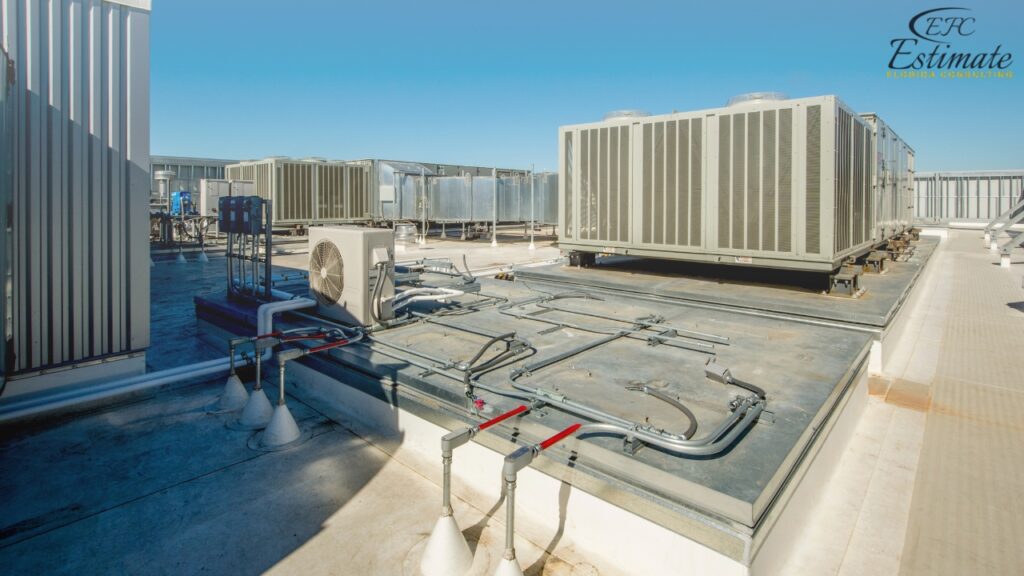
Central Air Conditioner Replacement Costs
Central Air Conditioner Size | AC Unit BTU | AC Unit Only Cost |
1.5 Tons | 18,000 BTU | $2,780 |
2 Tons | 24,000 BTU | $2,964 |
2.5 Tons | 30,000 BTU | $3,293 |
3 Tons | 36,000 BTU | $4,088 |
3.5 Tons | 42,000 BTU | $4,970 |
4 Tons | 48,000 BTU | $5,110 |
5 Tons | 60,000 BTU | $5,166 |
Choosing the Right HVAC Brand for Multifamily Buildings
The brand of HVAC system you select will significantly affect the total installation costs for a multifamily building. Our recommendations for the best AC brands, furnace brands, and heat pump brands can help you become familiar with the top names in the industry.
Higher-end central AC units tend to have a higher upfront cost. However, these brands often offer longer lifespans, better returns on investment (ROI), more comprehensive warranties, and advanced technology that allows for precise temperature control throughout the building. For detailed information on calculating the ROI of your HVAC replacement, visit our blog.
Central Air Conditioner Replacement Costs by Brand
Brand | AC Unit Only Cost | Features |
Carrier | $4,200 – $5,880 | Known for reliability and energy efficiency; extensive warranty options |
Lennox | $4,620 – $6,468 | High SEER ratings, quiet operation, and advanced climate control technology |
Trane | $4,970 – $6,958 | Durable units with smart home integration and excellent energy efficiency |
Rheem | $3,500 – $4,900 | Cost-effective with good performance and simple installation |
Goodman | $3,780 – $5,292 | Affordable with solid warranties and straightforward maintenance |
Energy Efficiency in Multifamily Buildings
Energy efficiency is a crucial factor in choosing an HVAC system for a multifamily building. Systems with higher energy efficiency levels, indicated by the SEER rating, can offer significant cost savings on energy bills over time. The SEER rating measures how efficiently an air conditioning unit operates over a typical cooling season.
Local, trusted HVAC professionals can provide guidance on the most suitable features for your building’s system. The location, desired system type, and building size will all influence your energy efficiency requirements. Opting for a high-efficiency system not only reduces operational costs but also contributes to a more sustainable and environmentally friendly building.
Additional HVAC Installation Costs for Multifamily Buildings
When replacing an HVAC system in a multifamily building, there are several additional costs that may not be included in the initial estimate but should still be considered. It’s important to discuss these potential expenses with your contractor to ensure they are accounted for in the overall budget:
Permits
A permit may be required from your local city or county building department for HVAC replacements. It’s essential to verify whether a permit is necessary for your specific project. This ensures that the installation complies with all building codes and regulations. Our blog post provides more information on whether a permit is needed for an air conditioning replacement, particularly for multifamily systems.
Get High-Quality 3D Rendering Today!
Transform your space with stunning 3D rendering that blends style, comfort, and functionality.
We Specialize in Both Residential and Commercial 3D Rendering Projects.
- Luxury Villas
- Apartment Complexes
- Condominiums
- Schools
- Office Buildings
- Shopping Malls
- Hospitals
- Hotels & Resorts
Inspections
In some cases, the new HVAC unit may require an inspection by a representative of the building department to confirm that the system meets code requirements. This step is crucial to ensure safety and compliance with local regulations.
Labor Costs
Additional labor costs may arise, particularly if the building is older and contains hazardous materials like asbestos or lead paint. These materials may need to be tested, removed, or replaced, adding to the overall labor expenses. Ensure your contractor includes any potential disposal costs in the quote.
Insulation
Proper insulation is essential for the efficient operation of HVAC systems. If the building requires additional insulation, particularly in areas like attics where AC units may be installed, these costs should be factored into the project budget. Enhanced insulation can improve energy efficiency and reduce long-term operational costs.
Cost Details Table
Additional Cost Item | Estimated Cost | Description |
Permits | $420 – $1,120 | Required by local authorities for compliance with building codes |
Inspections | $210 – $700 | Necessary to ensure the system meets local code requirements |
Labor Costs | $1,400 – $4,200 | Additional costs for hazardous material removal, testing, and disposal |
Insulation | $1,260 – $2,520 | Costs for adding or replacing insulation to improve HVAC system efficiency |
Repair or Replace HVAC Systems in Multifamily Buildings?
Deciding whether to repair or replace an HVAC unit in a multifamily building can significantly impact your budget and the comfort of your residents. If a unit can be repaired, it will typically be more cost-effective than purchasing a new system. Here’s how to determine if your HVAC issue can be repaired:
When to Consider Repairing Your HVAC System
- Pilot Light Issues: If your unit’s pilot light won’t stay lit, it might be a simple repair that a technician can quickly address.
- Leaks: If the unit has a leak, such as refrigerant or water, a technician can often repair it without needing to replace the entire system.
- Fan Issues: If the unit’s fan won’t stop running or if your system gets “stuck” in one mode (heating or cooling), a repair might resolve the problem.
For more detailed information on when to seek professional help, check out our blog post on common HVAC system issues.
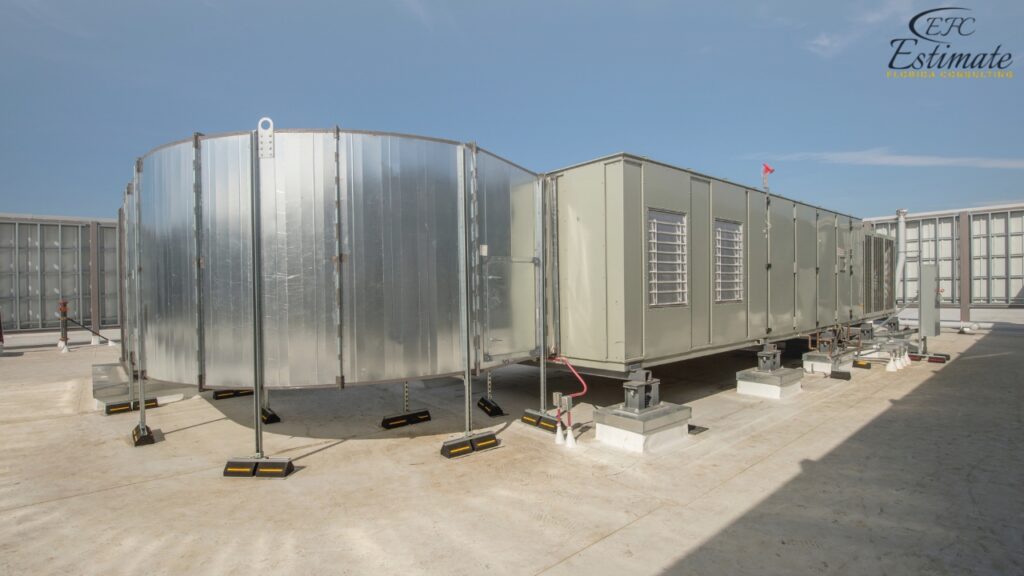
When to Consider Replacing Your HVAC System
However, there are situations where replacing the unit might be more economical, especially if:
- AC Runs but Doesn’t Cool: If your AC is running but not cooling, or your furnace is running but not heating, it may indicate more severe issues that warrant a replacement.
- Unit Age: If your unit is experiencing problems and is more than 10 years old, consider the costs of repairing current issues plus potential future repairs versus replacing the system altogether.
DIY HVAC Installation vs. Hiring a Professional for Multifamily Buildings
While there are several HVAC maintenance tasks you can do yourself, installing a new unit in a multifamily building is a complex job best left to professionals. When a project involves electrical systems, plumbing, or gas lines, it’s crucial to hire a qualified technician to ensure safety and efficiency. Attempting to install your own HVAC unit not only poses physical risks but also increases the likelihood of improper installation, which can lead to higher utility bills due to inefficient system performance.
Benefits of Hiring a Professional
- Safety: Professional technicians are trained to handle the complexities of HVAC systems, ensuring that all electrical, plumbing, and gas connections are made safely.
- Efficiency: A professionally installed HVAC system operates at peak efficiency, reducing energy consumption and lowering utility bills.
- Compliance: Professionals ensure that the installation meets all local codes and regulations, providing peace of mind and avoiding potential fines.
- Warranty Protection: Most HVAC manufacturers require professional installation to maintain warranty coverage, protecting your investment.
Long-Term Savings: While professional installation may have a higher upfront cost, it can prevent costly repairs and inefficiencies down the line, leading to long-term savings.
How to Find a Professional HVAC Installer for Multifamily Buildings
When replacing an HVAC system in a multifamily building, finding a qualified professional is crucial to ensure quality installation and optimal performance. We recommend obtaining three to four local price quotes from different HVAC contractors to find the best professional and price for your project. Here are some steps to help you get started:
Steps to Find a Qualified HVAC Professional
- Research and Budget: Explore our comprehensive HVAC page to learn about different brands, pricing, and options available as you plan your budget for the project.
- Seek Recommendations: Ask neighbors, friends, and family for recommendations on reputable HVAC installers they have used and trusted.
- Utilize Contractor Directories: Browse our contractor directory to find professionals in your area who can provide free quotes and demonstrate their expertise.
Download Template For HVAC System Installation Project Breakdown
- Materials list updated to the zip code
- Fast delivery
- Data base of general contractors and sub-contractors
- Local estimators
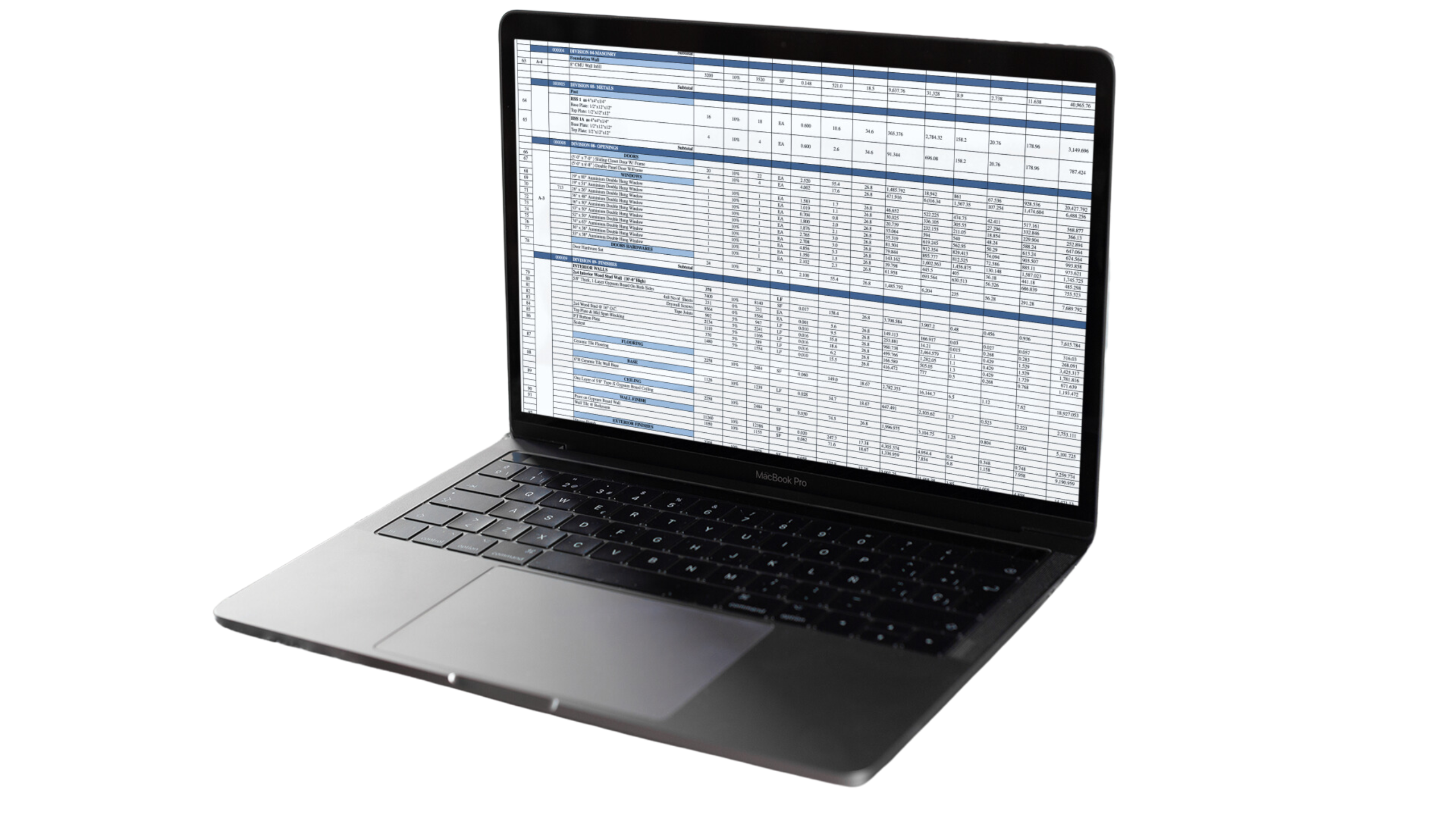
Conclusion
Investing in an HVAC system for a multi-family building is crucial for ensuring the comfort and air quality of residents. The cost of installation varies significantly based on factors such as building size, system type, and installation complexity. Estimate Florida Consulting offers comprehensive services to help property managers and developers effectively plan and budget for these installations. By understanding the various cost factors and utilizing our HVAC cost calculator, property managers can make informed decisions tailored to their building’s needs. Selecting the right system, considering factors like energy efficiency and regional climate, can optimize both initial and long-term costs. Ultimately, a well-planned HVAC investment enhances residents’ comfort and contributes to the building’s overall value.
Frequently Asked Question
The cost of replacing an HVAC system in a multi-family building ranges from $8,714 to $16,008, including the installation of a central AC unit and gas furnace combo. Additional ductwork replacement costs can add $2,940 for a single-story 2,000 sq. ft. area. Costs vary based on system type, building size, regional climate, and specific installation requirements.
The average cost for a new HVAC system in a multi-family building is approximately $12,361 for an air conditioning system and gas furnace combination. This cost can vary depending on factors like labor costs, unit size, and location, ranging from $7,000 for smaller units to over $28,000 for larger units in high cost-of-living areas.
Use our HVAC cost calculator to estimate replacement costs. Select the component to replace (heating, cooling, or both), provide details about your property, and enter your zip code for labor cost estimates. This tool provides a comprehensive estimate tailored to your building's needs.
- AC Unit with Gas Furnace: $12,361 - $28,000 per unit
- Heat Pump System: $10,500 - $22,400 per unit
- Ductless Mini-Split System: $8,400 - $16,800 per unit
- Packaged System: $13,300 - $25,200 per unit
- Geothermal System: $21,000 - $42,000 per unit
Future trends include increased demand for sustainable cleaning in green buildings, automation through robots and drones, AI-driven scheduling, and remote lead generation using virtual reality tours. Estimate Florida Consulting incorporates these trends into its strategies to keep clients competitive.
Key factors include:
- Local Climate Conditions: Regional climate affects the size and type of HVAC system needed.
- Current Ductwork Conditions: Repair or replacement of ductwork can increase costs.
- Building Age and Construction: Older buildings may require additional labor and materials.
- HVAC Unit Features: Size, brand, and energy efficiency impact costs.
Inefficient or outdated ductwork may need repairs or replacement, adding $2,940 to $5,600 to total costs. This process can extend project duration due to additional labor required for installation or alterations.
Comprehensive Trade-Specific Estimates
At Estimate Florida Consulting, we offer detailed cost estimates across all major trades, ensuring no part of your project is overlooked. From the foundation to the finishing touches, our trade-specific estimates provide you with a complete and accurate breakdown of costs for any type of construction project.
Our Simple Process to Get Your Estimate
Upload Plans
Submit your project plans, blueprints, or relevant documents through our online form or via email.
Receive Quotation
We’ll review your project details and send you a quote based on your scope and requirements.
Confirmation
Confirm the details and finalize any adjustments to ensure the estimate meets your project needs.
Get Estimate
Receive your detailed, trade-specific estimate within 1-2 business days, ready for your project execution.



Our Clients & Partners
We pride ourselves on building strong, lasting relationships with our clients and partners across the construction industry.
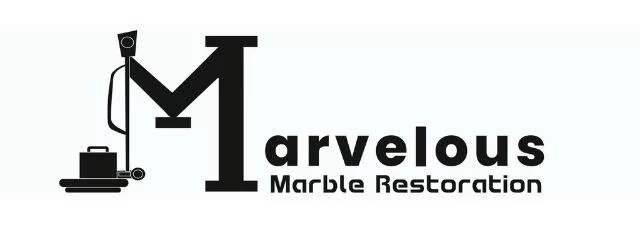

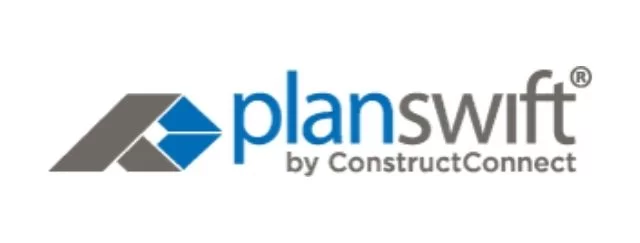
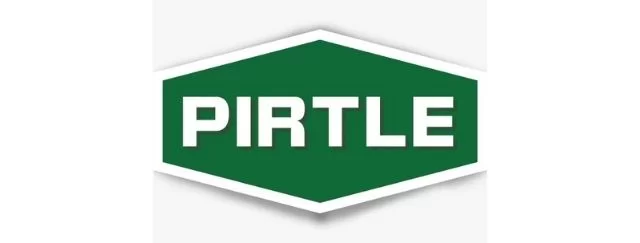

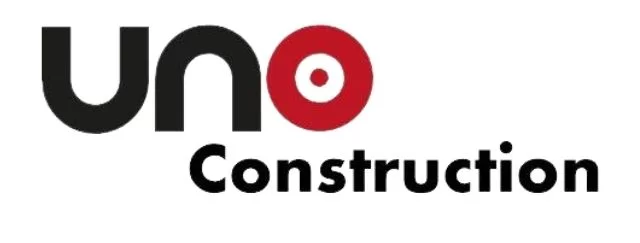
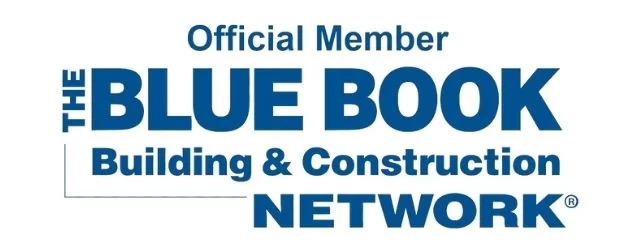
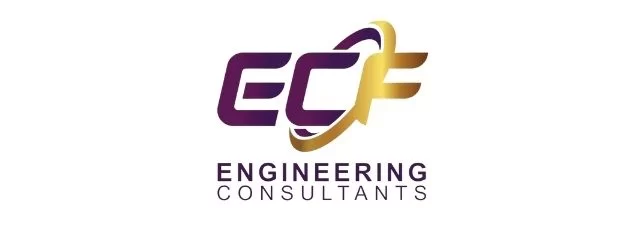
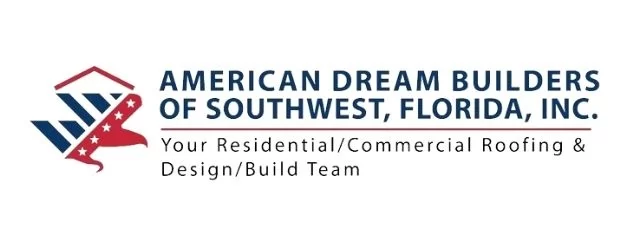


What Our Clients Say?
We take pride in delivering accurate, timely, and reliable estimates that help contractors and builders win more projects. Our clients consistently praise our attention to detail, fast turnaround times, and the positive impact our estimates have on their businesses.
Estimate Florida Consulting has helped us win more bids with their fast and accurate estimates. We trust them for every project!
